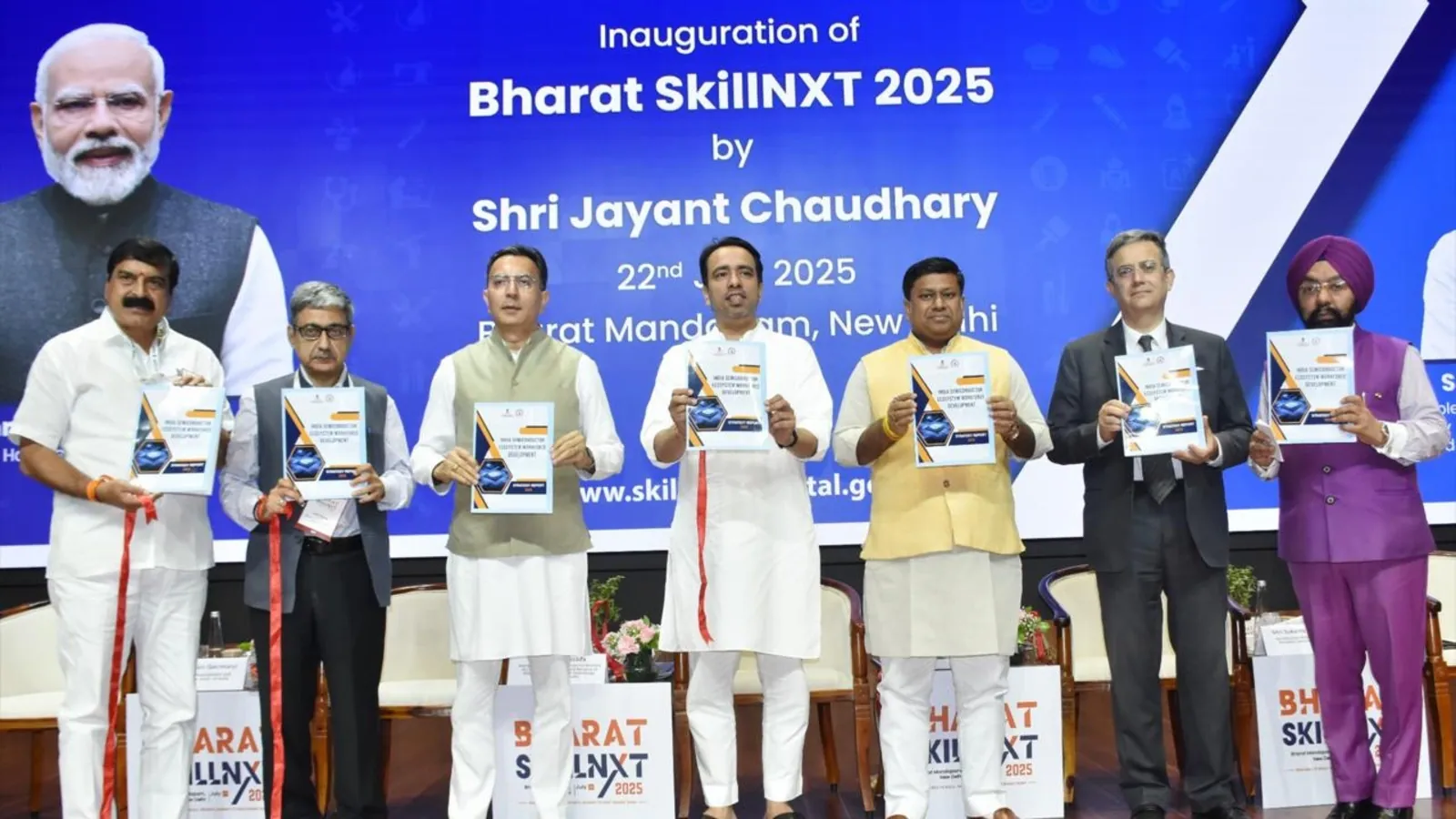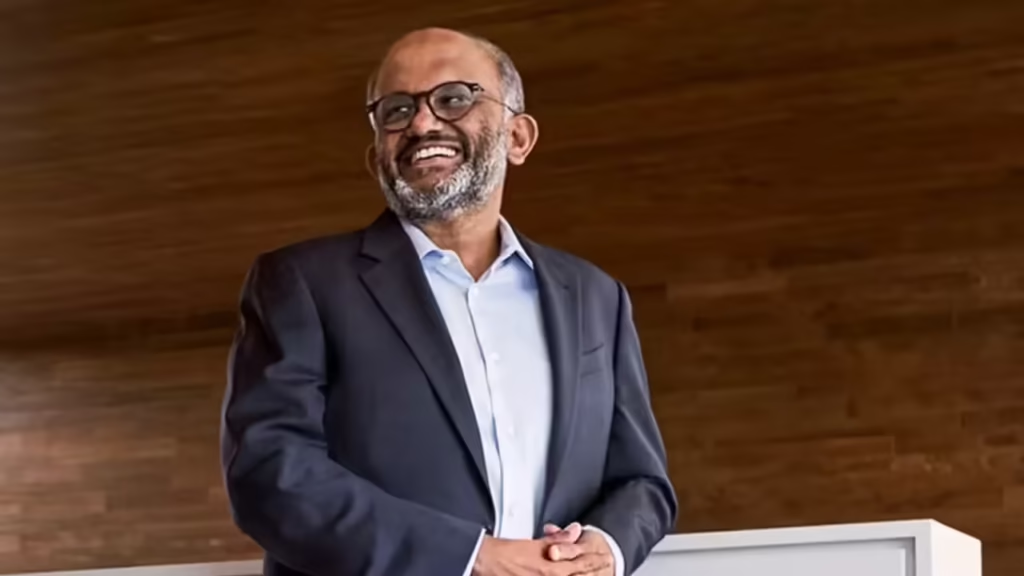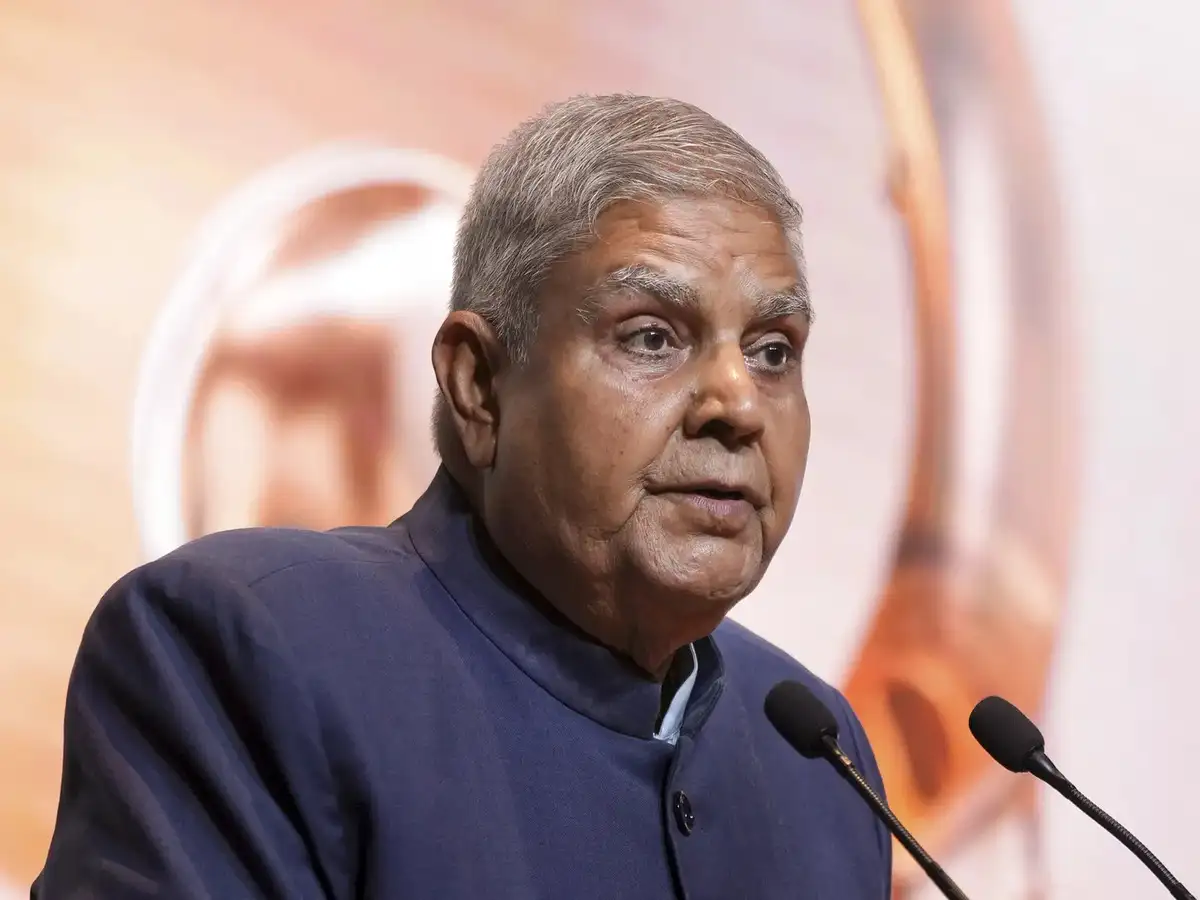Now Reading: India Aims to Build the World’s Largest AI-Ready School Population
-
01
India Aims to Build the World’s Largest AI-Ready School Population
India Aims to Build the World’s Largest AI-Ready School Population

As the Skill India Mission completes ten years, a renewed focus is emerging—preparing India’s school-going youth for the age of Artificial Intelligence. According to Rajya Sabha MP Jayant Chaudhary, India is on track to have the largest AI-ready student population in the world. With schools adapting to changing job markets, the shift toward future-focused education is now a national priority.
A Decade of Skill India: What’s Changed
Launched in 2015, the Skill India Mission was introduced to bridge the gap between education and employability. Over the past decade, the programme has trained millions of young Indians in practical skills, from manufacturing to digital literacy.
Now, with rapid changes in global technology, the mission is evolving. The new goal is clear: equip students—especially in government and Tier 2 city schools—with the skills needed to work with AI, data, and automation.
AI Curriculum in Classrooms
Several initiatives are already in motion. AI modules are being introduced at the school level, including in CBSE and state board curriculums. These lessons focus not just on coding, but also on understanding how AI impacts daily life, jobs, and ethics.
The push is especially visible in Tier 2 and Tier 3 cities, where schools are partnering with tech platforms to deliver hands-on learning. From coding labs in Raipur to AI workshops in Bhubaneswar, smaller towns are becoming testing grounds for India’s AI education model.
Opportunities and Concerns
On one hand, this shift could significantly improve job prospects for students in non-metro areas, where traditional employment options are limited. Familiarity with AI can open doors to careers in tech, finance, health, and even creative fields.
But there are concerns too—especially around access. Many rural and semi-urban schools still lack basic infrastructure. Experts warn that without parallel investment in internet access, teacher training, and hardware, the gap between AI-ready and AI-left-behind populations could widen.
A Global Leadership Ambition
India’s bet on AI education is not just about catching up—it’s about leading. With over 250 million school-age children, even partial success could place India far ahead in producing future-ready talent. This fits into the larger vision of turning the country into a global knowledge hub.
By making AI a core part of school learning, the government hopes to shift the image of Indian students from job seekers to global tech creators.
Looking Ahead
As India reshapes its education priorities, the next few years will be crucial. If AI literacy reaches even half of India’s vast student population, it could redefine not just employment, but innovation at scale.
For now, the mission is clear: train the youngest minds for a world already being rewritten by algorithms—and make sure no city, big or small, is left behind.

























